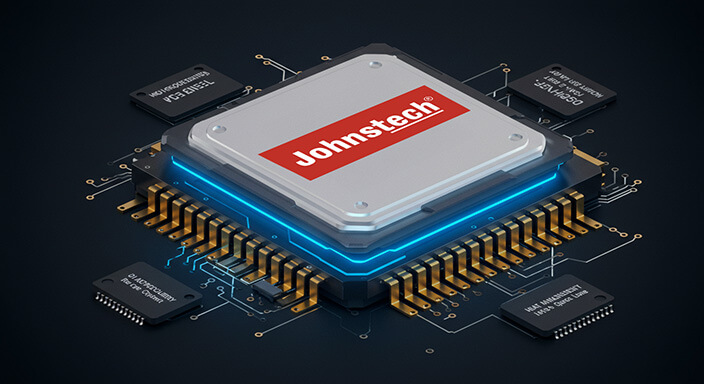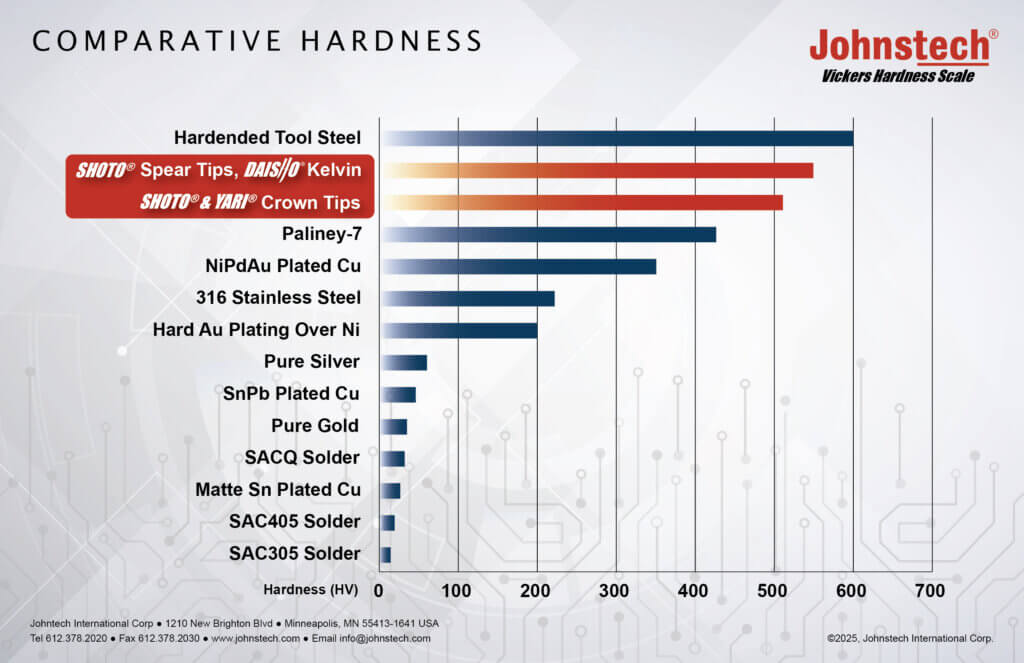Artificial Intelligence
AI Testing in Semiconductor Chips, the Role of Test Sockets, and the Impact of High Performance Computing (HPC)
As AI-driven semiconductor chips become more complex and powerful, rigorous testing is crucial to ensure performance, reliability, and efficiency. These chips, used in data centers, edge computing, and autonomous systems, demand advanced testing solutions to verify functionality across billions of transistors operating at high speeds.
The Role of High Performance Computing (HPC) in AI Chip Testing
High Performance Computing (HPC) refers to systems that process data and execute complex calculations at exceptionally high speeds, often using clusters of interconnected compute nodes for parallel processing. In the context of AI chip development and testing, HPC plays a pivotal role by enabling the simulation, validation, and analysis of AI processors at scale. As AI models and semiconductor architectures grow in complexity, HPC provides the computational backbone for running massive test suites, analyzing multidimensional data, and accelerating time-to-insight during the design and validation phases.
HPC and AI are deeply intertwined:
- AI Workload Acceleration: HPC infrastructure is essential for training and validating AI models that power next-generation chips, handling the immense data throughput and parallelism required.
- AI-Driven Optimization: AI algorithms, running on HPC clusters, can intelligently prioritize and optimize test patterns, reducing redundant verification and focusing on areas most likely to fail.
- Shared Infrastructure: The same high-speed storage and GPU clusters that drive AI research are leveraged to manage the vast data generated during chip testing and validation.

AI Chip Testing: Key Challenges and Parameters
AI chips differ from traditional processors due to their high core count, parallel computing capabilities, and massive data throughput. Key test parameters include:
- Signal Integrity & High-Frequency Performance: Ensuring minimal signal loss and interference at GHz speeds.
- Power Integrity & Thermal Management: Maintaining stable voltage levels and effective heat dissipation.
- High-Speed I/O Validation: Testing memory interfaces, PCIe, and high-bandwidth interconnects.
- Functional & Parametric Testing: Ensuring logic correctness, power efficiency, and performance optimization.
HPC systems are often used to simulate these scenarios, running billions of test vectors in parallel and analyzing results with AI-driven analytics to quickly identify faults and optimize performance.
AI-HPC semiconductor testing
